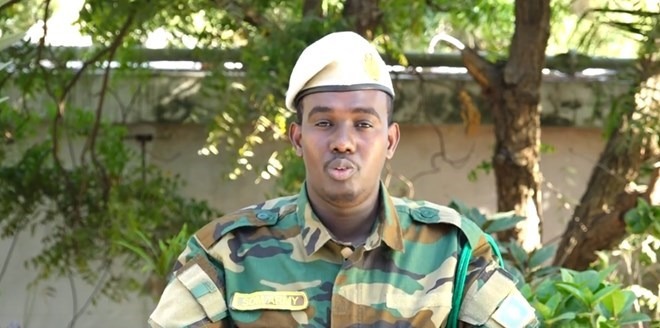Facebook Twitter (X) Instagram Somali Magazine - People's Magazine
Somali forces kill over 15 al-Shabaab fighters in multi-region operations, marking a major breakthrough in the country’s intensified campaign to dismantle the militant group’s strongholds. The coordinated offensives, carried out by the Somali National Army (SNA) and allied clan militias, targeted al-Shabaab operatives across Galgaduud, Lower Shabelle, Lower Juba, and Middle Shabelle regions, resulting in the deaths of several key figures including longtime commander Ibrahim Abdirahman Sanbuur.
The Ministry of Defense confirmed that the operations were meticulously planned and executed, with the Xiingaduud area—located between Amara and Qodqod in Galgaduud—witnessing the deadliest encounter. Eleven militants were killed in that single operation, which officials described as a “significant blow” to the group’s regional influence.
In Lower Juba, additional strikes in Mido and Harboole led to the elimination of more fighters, including Sanbuur, who had reportedly joined al-Shabaab in 2010 and played a central role in coordinating attacks and recruitment. His death is being hailed as a strategic win for Somalia’s counterterrorism efforts, especially in a region long plagued by insurgent activity.

Defense Ministry spokesperson Abukar Macalin praised the synergy between national forces and local communities, noting that the success of these missions reflects growing public support for the military’s efforts. “These achievements show that our partnership with the people is working. Together, we are weakening the Khawarij in every region they operate,” he said, using the government’s term for al-Shabaab.
The operations are part of a broader campaign launched by President Hassan Sheikh Mohamud to reclaim territory and restore stability in central and southern Somalia. Clan militias have become increasingly vital in this push, offering local intelligence and manpower that complement the national army’s capabilities. Military analysts say this grassroots approach is key to long-term success, as it disrupts al-Shabaab’s ability to regroup and hide among civilians.
Despite these gains, al-Shabaab remains a formidable threat. The group continues to deploy guerrilla tactics, including roadside bombs and surprise ambushes, to slow down military advances. However, the government has vowed to maintain pressure and expand operations in the coming weeks, with additional offensives planned in strategic areas.
The Somali public has been urged to remain vigilant and report suspicious activity, as intelligence gathering plays a crucial role in identifying militant hideouts and preventing attacks. Officials say the fight against al-Shabaab is not just a military mission but a national movement to reclaim peace and security.
As Somalia inches closer to its 2026 elections and seeks to consolidate gains made under the African Union Support and Stabilization Mission (AUSSOM), the recent victories offer a glimmer of hope. The death of high-ranking operatives and the disruption of militant networks signal a turning point in the country’s long battle against extremism.
With continued collaboration between the army and local communities, Somalia is charting a path toward a future free from the grip of terror. The message is clear: al-Shabaab’s days are numbered, and the people of Somalia are taking back control—one region at a time.

